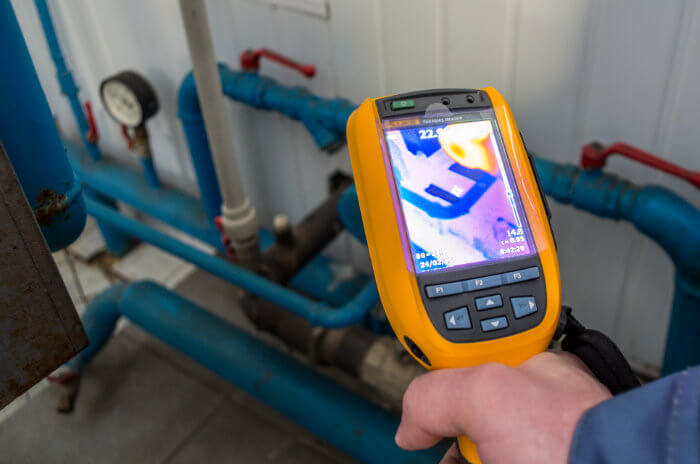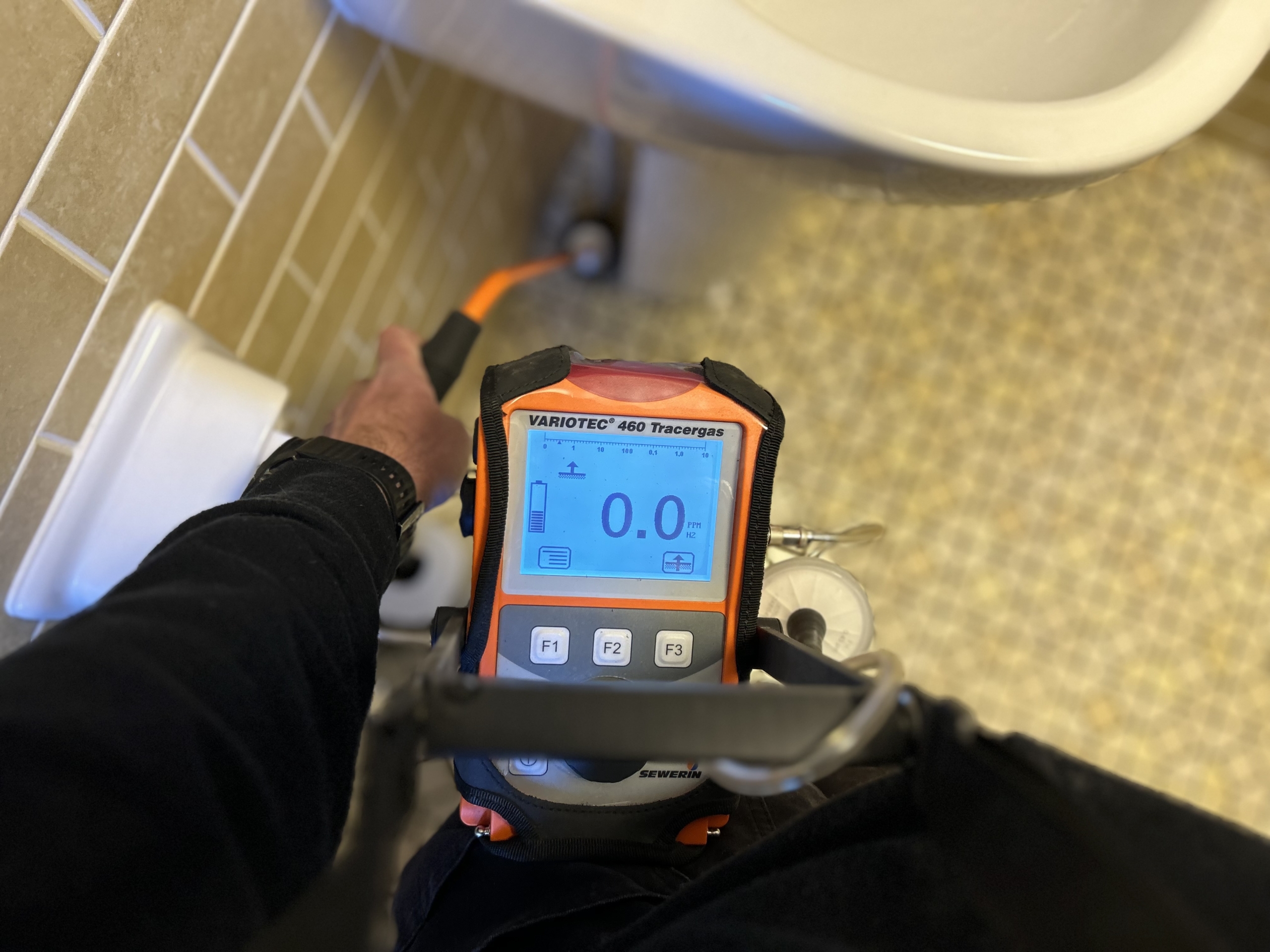Innovative Solutions for Very Early Detection of Water Leaks in Buildings and Framework
From cutting-edge leakage detection modern technologies to the implementation of IoT sensors for real-time tracking, the landscape of leak avoidance is advancing swiftly. Automated water circulation analysis systems are improving exactly how leakages are recognized and addressed, paving the way for an aggressive approach to water leakage discovery.
Advanced Leak Detection Technologies
Advanced leak detection technologies, outfitted with cutting-edge sensors and formulas, play a crucial role in promptly determining and identifying water leaks in various settings. These modern technologies utilize a mix of acoustic, thermal, and electro-magnetic picking up techniques to identify leaks accurately. Acoustic sensing units discover the sound of leaving water, enabling for specific localization of the leakage resource. Thermal imaging discovers temperature modifications triggered by water leak, providing one more efficient approach for leakage identification. Electro-magnetic sensing units can recognize adjustments in magnetic fields brought on by water, providing yet an additional layer of leakage detection ability.

IoT Sensors for Real-Time Monitoring
In the realm of modern water leakage detection, the combination of IoT sensors for real-time monitoring represents a critical advancement in boosting positive leakage discovery abilities. These sensing units offer continuous monitoring of water supply, supplying real-time information on water circulation prices, pressure variations, and temperature changes. By leveraging IoT innovation, these sensors can spot also the smallest abnormalities in water use patterns, enabling very early recognition of possible leakages prior to they rise right into major concerns.
IoT sensors send information to a central system, where sophisticated formulas evaluate the info and produce notifies or notifications when irregularities are spotted. This real-time surveillance ability enables building owners or facility managers to promptly resolve leakages, decreasing water damage, minimizing repair work prices, and saving water sources.
Moreover, IoT sensors can be incorporated with building management systems, permitting for automated responses to spotted leakages, such as shutting down water valves or turning on pumps to minimize the influence of leakages. Generally, the implementation of IoT sensing units for real-time tracking significantly enhances the effectiveness and performance of water leak detection in buildings and infrastructure.
Artificial Intelligence Algorithms for Leakage Prediction

One key advantage of using artificial intelligence for leakage forecast is its ability to continually discover and improve its accuracy with time. As more data is accumulated and fed into the algorithm, it can refine its forecasts and adjust to changing problems, ultimately boosting the integrity of leakage discovery systems.
Additionally, artificial intelligence algorithms can help in recognizing subtle indicators of leaks that might go unnoticed by typical monitoring techniques. water leak detection. By assessing intricate information collections in real-time, these algorithms can offer early warnings and notifies, permitting for timely treatment and preventive maintenance to reduce potential Homepage water damage and linked costs
Making Use Of Thermal Imaging for Leak Detection
Thermal imaging modern technology supplies an encouraging technique for discovering water leakages in numerous systems and frameworks. By utilizing infrared radiation and temperature variances, thermal imaging cams can determine surprise leaks that are not conveniently noticeable to the naked eye. When water escapes from pipes or structures, it typically changes the temperature of the surrounding location, producing temperature differentials that thermal cameras can record. These temperature irregularities are then converted into visible photos, highlighting the specific area of the leakage.
One of the key benefits of thermal imaging for leakage discovery is its non-intrusive nature. Generally, the usage of thermal imaging innovation enhances the effectiveness and precision of water leakage detection, making it a valuable device for preserving the integrity of buildings and facilities.
Automated Water Circulation Evaluation Solutions
Just how can automated water circulation evaluation systems reinvent the discovery and monitoring of leaks in various systems and infrastructures? Automated water flow evaluation systems use a proactive method to leak discovery by continuously checking water circulation rates and patterns. By establishing baseline information, these systems can promptly recognize variances that may show a leak, allowing prompt intervention to stop considerable damage.
These systems utilize sophisticated formulas to analyze real-time information and give prompt notifies when abnormalities are detected, permitting for quick activity to be taken. Additionally, automatic water circulation analysis systems can be incorporated with building monitoring systems or IoT platforms, boosting total performance and making it possible for remote tracking capacities.
Moreover, the information collected by these systems can be made use of for predictive maintenance functions, assisting to identify possible powerlessness in the facilities before leakages take place. In general, the implementation of automatic water flow evaluation systems can substantially improve leak detection and management practices, ultimately causing cost financial savings, decreased water waste, and enhanced sustainability in buildings and framework.

Verdict
Finally, the assimilation of advanced leakage detection innovations, IoT sensors, maker knowing algorithms, thermal imaging, and automatic water flow analysis systems supplies innovative services for early discovery of water leakages in structures and facilities. These modern technologies allow real-time surveillance, forecast of leaks, and efficient detection techniques to stop water damage and wastage. Executing these remedies can assist in preserving the integrity and sustainability of water systems in various link setups.
Comments on “Comprehensive Guide to Water Leak Detection for Property Owners and Services”